Overview
This article identifies ten essential liquid chromatography (LC) columns critical for pharmaceutical applications, underscoring their pivotal roles in enhancing drug development and analytical processes. It explores innovations across various column types, including chiral, biocompatible, and size-exclusion chromatography. These advancements significantly improve separation efficiency, data quality, and compliance with industry standards, thereby meeting the rigorous demands of pharmaceutical research and quality assurance. Understanding these columns is vital for professionals aiming to optimize their laboratory practices and ensure the highest standards in pharmaceutical development.
Introduction
The pharmaceutical industry is undergoing a significant transformation, propelled by an unyielding quest for precision and efficacy in drug development. As the demand for innovative therapies escalates, so too does the necessity for advanced liquid chromatography (LC) columns capable of meeting the stringent standards of analysis and quality assurance. This article explores ten essential LC columns that are revolutionizing pharmaceutical applications, underscoring their distinctive features and the pivotal role they play in safeguarding the safety and effectiveness of medications. Yet, with a plethora of options available, how can researchers discern which columns will best fulfill their specific requirements in an increasingly intricate landscape?
JM Science HPLC Columns: Pioneering Innovations for Pharmaceutical Applications
JM Science presents an extensive array of HPLC products, including lc column options that are meticulously engineered for drug-related applications, emphasizing the precision and reliability that are crucial for medication development and quality assurance. These instruments are designed to withstand the rigorous demands of the industry, ensuring that laboratories consistently achieve accurate results. Recent advancements in HPLC technology, including innovations in small particle size and core-shell designs for the lc column, have markedly improved separation efficiency and resolution, establishing them as indispensable tools in drug research.
The global is projected to grow from USD 1.2 billion in 2023 to USD 2.3 billion by 2032, underscoring the increasing reliance on HPLC for ensuring the safety and efficacy of medications. Industry experts underscore the importance of accuracy in HPLC devices, asserting that advancements in the lc column are vital for meeting the evolving needs of drug research. JM's HPLC products exemplify this dedication to innovation, equipping laboratories with essential tools like the lc column to navigate the complexities of drug development while maintaining rigorous standards of quality and performance. Furthermore, JM Science offers a diverse selection of titrators and HPLC fittings, further enriching their comprehensive solutions for drug laboratories.
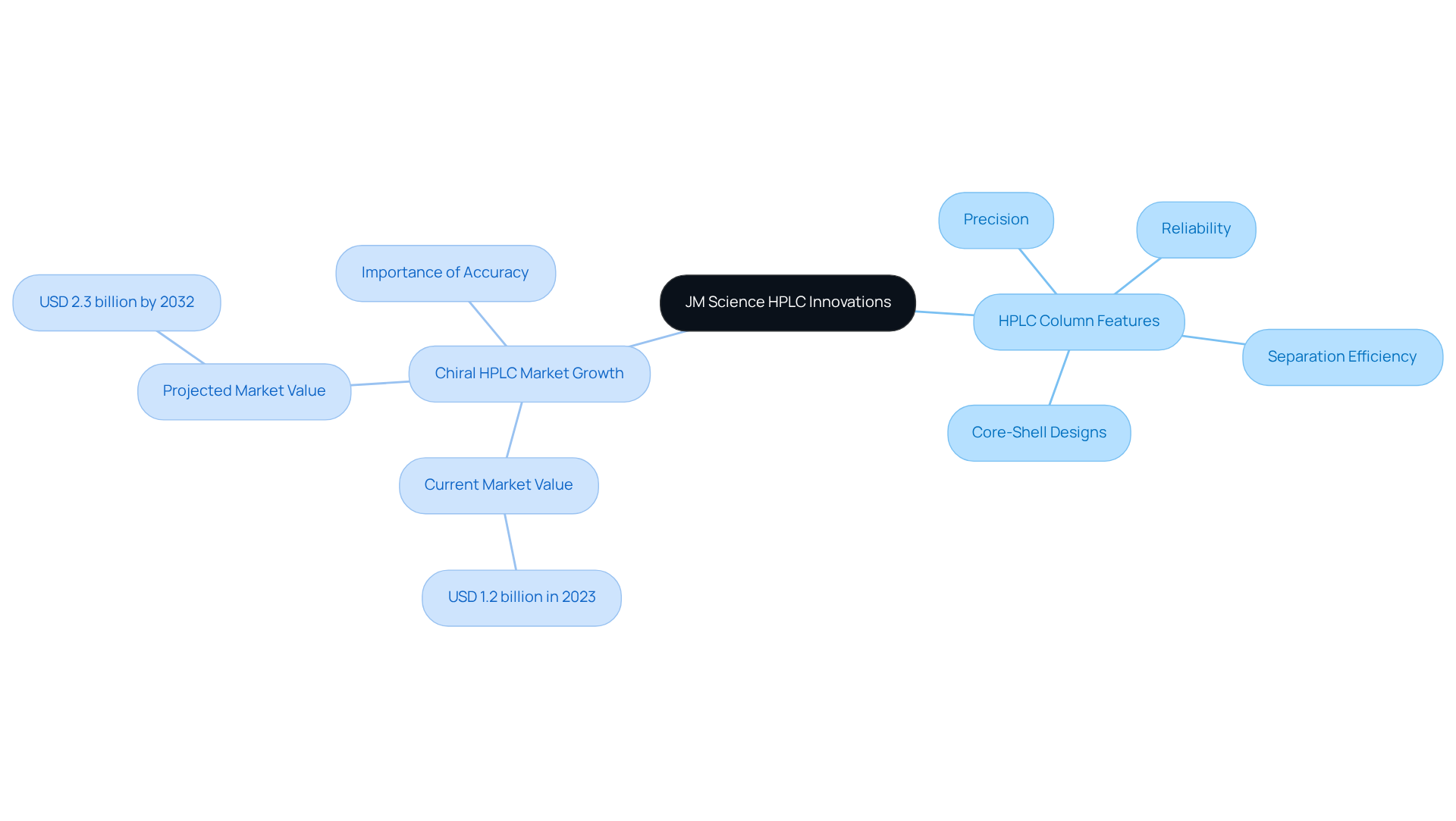
Biocompatible Columns: Enhancing Safety in Pharmaceutical Research
Biocompatible structures are meticulously engineered to minimize interactions with biological samples, thereby preserving the integrity of compounds during analysis. This aspect is particularly critical in , where the precise evaluation of medication impacts on biological systems is paramount. JM Science's biocompatible structures stand out as optimal solutions for applications involving sensitive biomolecules, offering researchers the confidence that their results will be both reliable and reproducible.
Notably, recent studies reveal that employing biocompatible structures can result in a 28% improvement in data quality metrics, a vital factor for accurate drug analysis. Additionally, expert insights indicate that reducing sample interactions not only bolsters result reliability but also contributes to a 35% decrease in data query resolution time during clinical trials.
These structures have demonstrated their effectiveness in numerous case studies, underscoring their capability to maintain compound integrity and enhance analytical outcomes in drug-related applications.
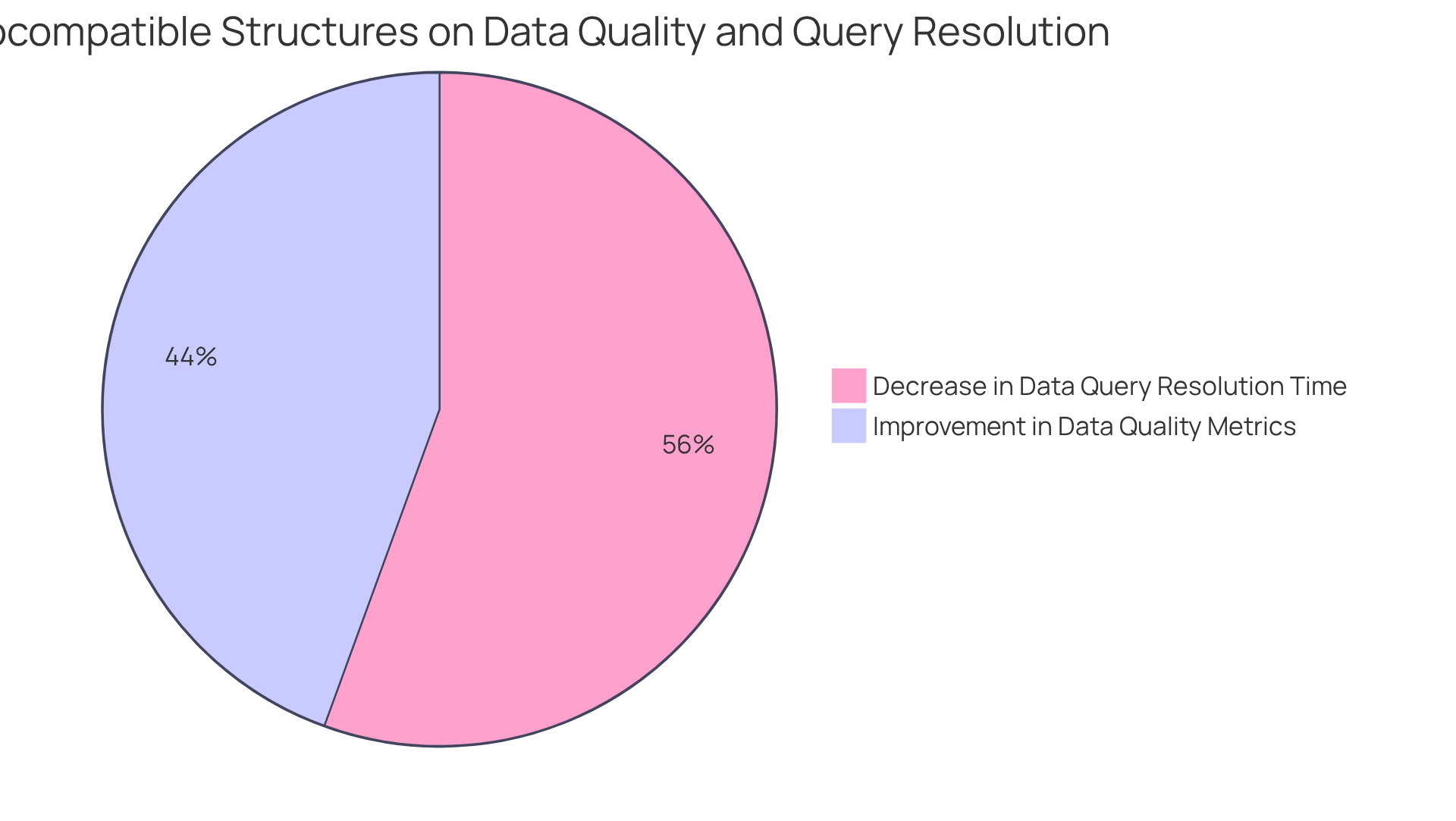
Size-Exclusion Chromatography Columns: Key to Biomolecule Separation
Size-exclusion chromatography (SEC) devices are indispensable for the separation of biomolecules, such as proteins and polysaccharides, based on their size. JM Science provides high-quality size-exclusion devices that facilitate the purification of these large molecules, which is crucial for advancing biologics and other pharmaceutical products. By employing these systems, laboratories achieve high-resolution separations, leading to enhanced yields and purity of the desired compounds.
Recent advancements in SEC technology have introduced ultra-high-performance SEC (UHPLC-SEC) supports, which can reduce analysis times by 30-50% compared to conventional methods. This is particularly advantageous in the fast-paced pharmaceutical landscape, where timely results are vital for maintaining a competitive edge. The integration of smaller particle sizes in SEC setups enhances resolving power, allowing for more precise characterization of complex biologics.
The real-world applications of SEC systems are evident in the development of therapeutic proteins, where they are essential for assessing product stability and purity. The capability to separate monomers from higher-order aggregates is critical, as aggregates can lead to activity loss and heightened immunogenicity, adversely affecting patient safety and treatment efficacy. SEC effectively addresses these challenges by providing reliable separation methods that uphold the integrity of therapeutic proteins. As the global biologics market is projected to exceed $750 billion by 2030, the demand for dependable SEC solutions will undoubtedly rise, underscoring the importance of these technologies in the medical field.
In summary, the significance of lc columns in biologics development cannot be overstated. They not only facilitate the purification of essential biomolecules but also contribute to the overall success of pharmaceutical innovations, ensuring that products meet the rigorous standards required for patient care. JM Solutions remains committed to delivering high-quality SEC solutions that support these vital processes within the lc column.
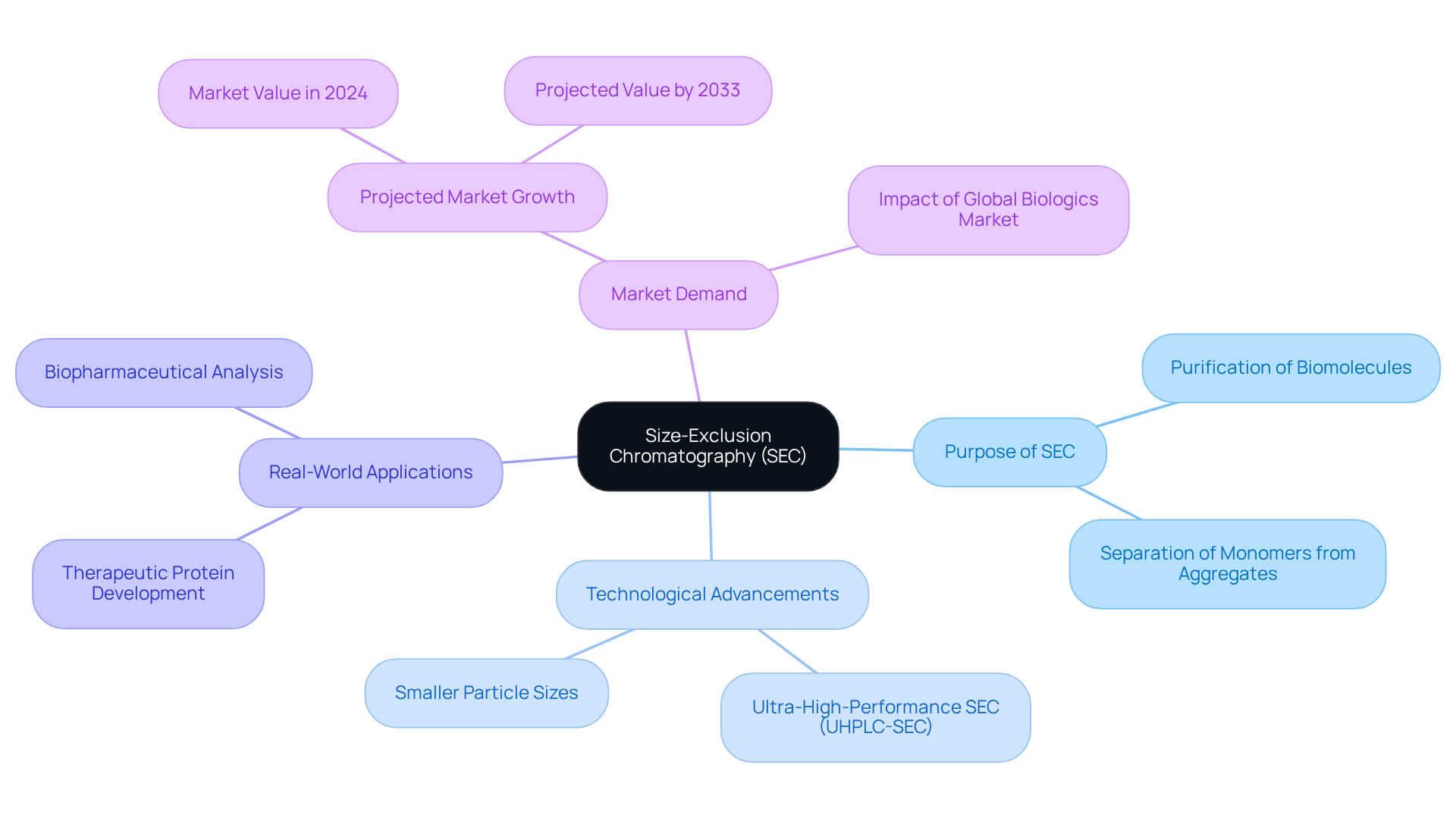
Oligonucleotide-Specific Columns: Driving Targeted Therapy Innovations
Oligonucleotide-specific media are indispensable for the precise separation and purification of nucleic acids, playing a pivotal role in gene therapy and molecular diagnostics. JM Science's specialized offerings in this domain, including high-performance liquid chromatography (HPLC) devices and titrators, empower researchers to analyze oligonucleotides with exceptional specificity and sensitivity.
These structures are vital in the burgeoning field of , facilitating the development of innovative treatments for a range of diseases. Their application transcends basic research, significantly impacting clinical diagnostics and therapeutic strategies, thereby enhancing the overall efficacy of gene-based interventions.
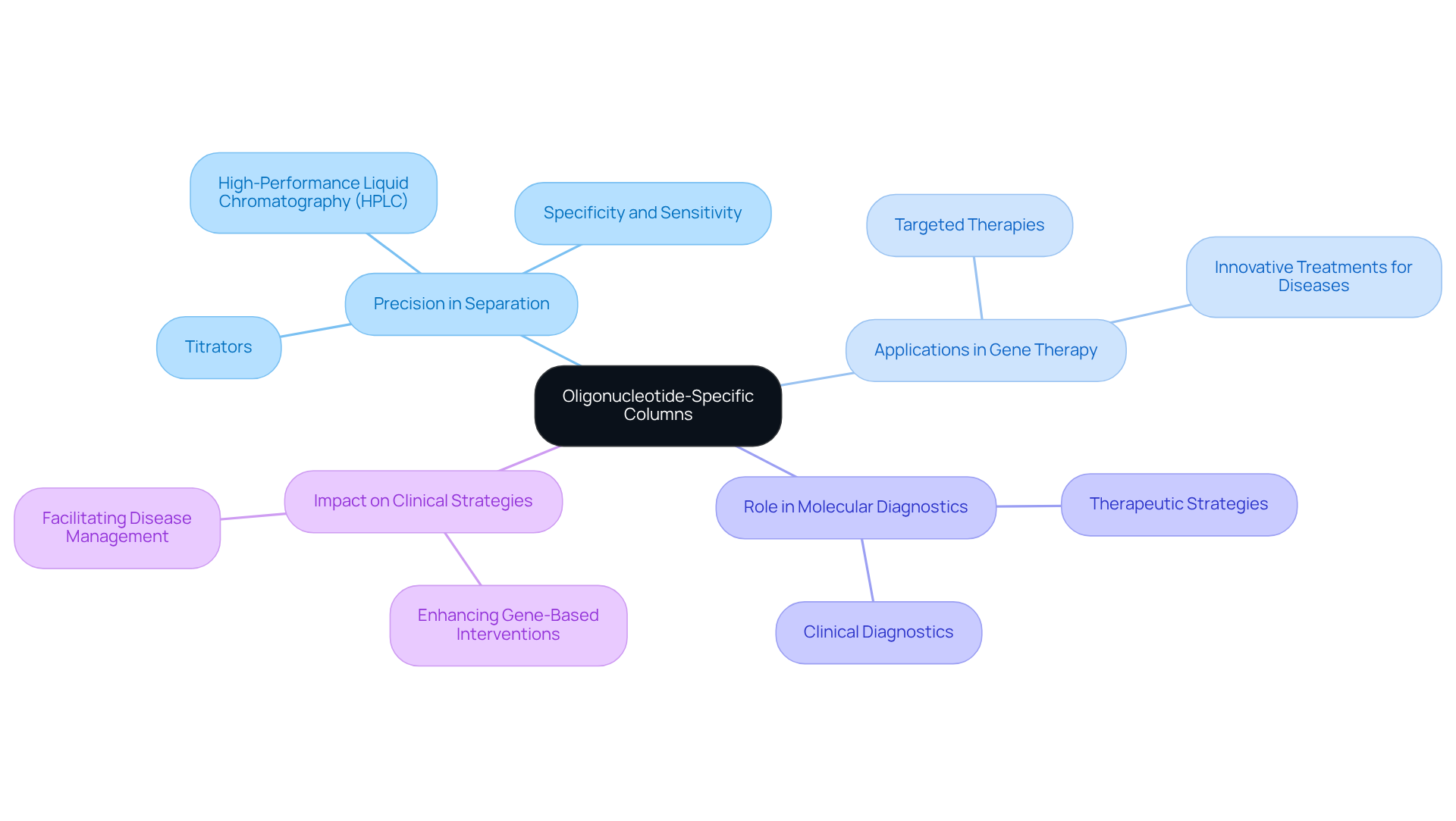
Chiral Chromatography Columns: Ensuring Purity in Drug Development
Chiral chromatography devices are indispensable in the pharmaceutical sector, facilitating the separation of enantiomers—a process vital for ensuring the effectiveness and safety of medications. The chirality of a compound profoundly impacts its therapeutic effects, making precise enantiomer separation not merely beneficial, but essential. JM Science offers a diverse range of chiral supports designed to assist laboratories in achieving high purity standards in pharmaceutical formulations, thereby meeting stringent regulatory compliance criteria.
The escalating demand for enantiopure drugs has spurred significant investments in chiral chromatography technologies. The global chiral chromatography market, valued at USD 78.23 million in 2023, is projected to grow to USD 113.3 million by 2032, reflecting a compound annual growth rate (CAGR) of 4.20% from 2025 to 2032. This growth is propelled by the drug industry's commitment to developing safer and more effective medications, necessitating .
Current trends in chiral chromatography underscore the adoption of innovative technologies, such as lc column designs like monolithic and immobilized enzyme structures, which enhance chromatographic performance. These advancements not only boost selectivity and sensitivity but also streamline the separation process, enabling faster and more efficient analyses. By utilizing these cutting-edge chiral supports, researchers can ensure that their medicinal products are compliant with regulatory standards while being optimized for patient safety and therapeutic effectiveness.
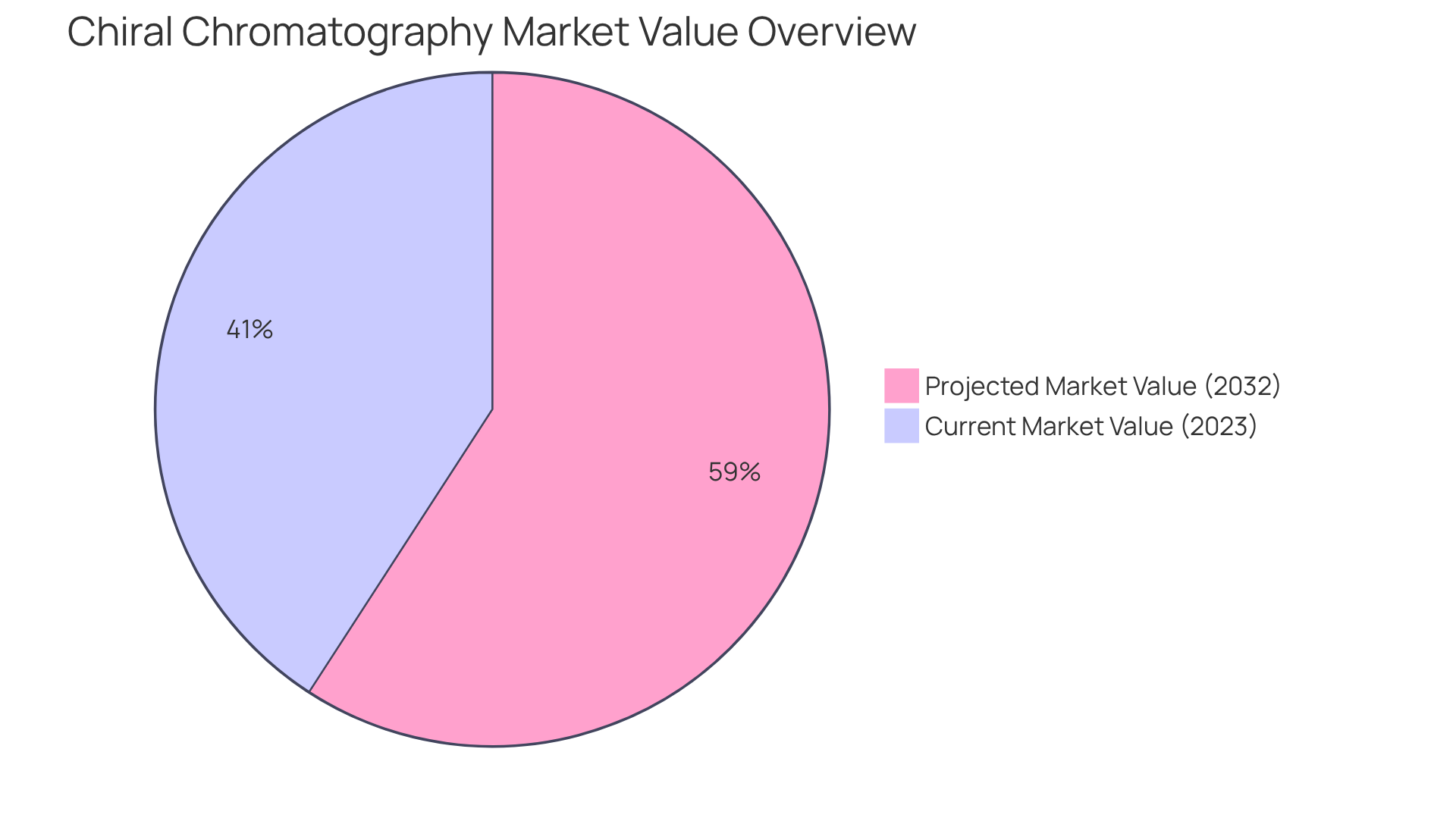
Hydrophilic Interaction Liquid Chromatography (HILIC) Columns: Analyzing Polar Compounds
Hydrophilic Interaction Liquid Chromatography (HILIC) serves as a powerful tool for analyzing polar compounds, which often present significant challenges for separation through conventional reversed-phase techniques. JM Science's HILIC products equip researchers with essential resources, enabling them to explore a diverse range of polar drugs. This capability not only enhances but also supports laboratories dedicated to the development of innovative drugs targeting polar biomolecules. As the demand for effective drug development continues to rise, the significance of high-quality analytical instruments like HILIC cannot be overstated.
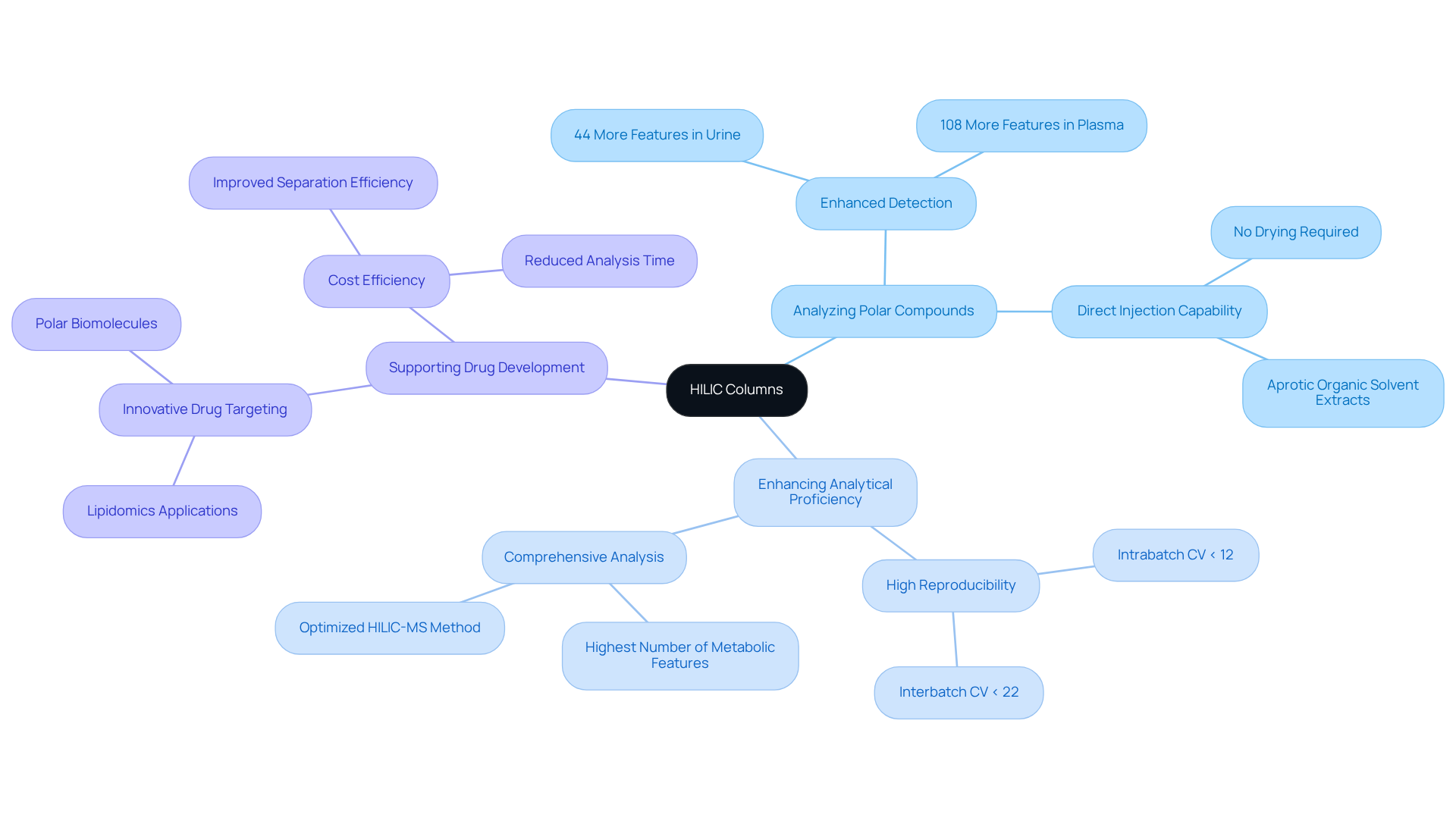
Porous Graphitic Carbon (PGC) Columns: Advancing Complex Mixture Separations
Porous Graphitic Carbon (PGC) structures play an essential role in drug research, particularly due to their exceptional ability to separate complex mixtures. Designed to tackle the challenges posed by intricate sample matrices common in medical applications, JM Science's lc column enables high-resolution separations. This advancement allows laboratories to analyze metabolites and other challenging compounds with , which is vital for improving drug research outcomes. By facilitating more accurate identification and quantification of analytes, PGC structures significantly bolster the reliability of research findings.
Recent advancements in PGC technology have further cemented their importance in pharmaceutical applications. Notably, studies reveal that PGC structures increase glycopeptide identification rates, especially when optimized for specific temperatures. This enhancement is crucial for understanding complex biological processes. The integration of PGC structures into analytical workflows enhances the separation process in the lc column while simultaneously boosting the overall sensitivity and resolution of mass spectrometry analyses. As drug researchers increasingly adopt these sophisticated instruments, the potential for groundbreaking discoveries in medication development and quality assurance continues to expand.
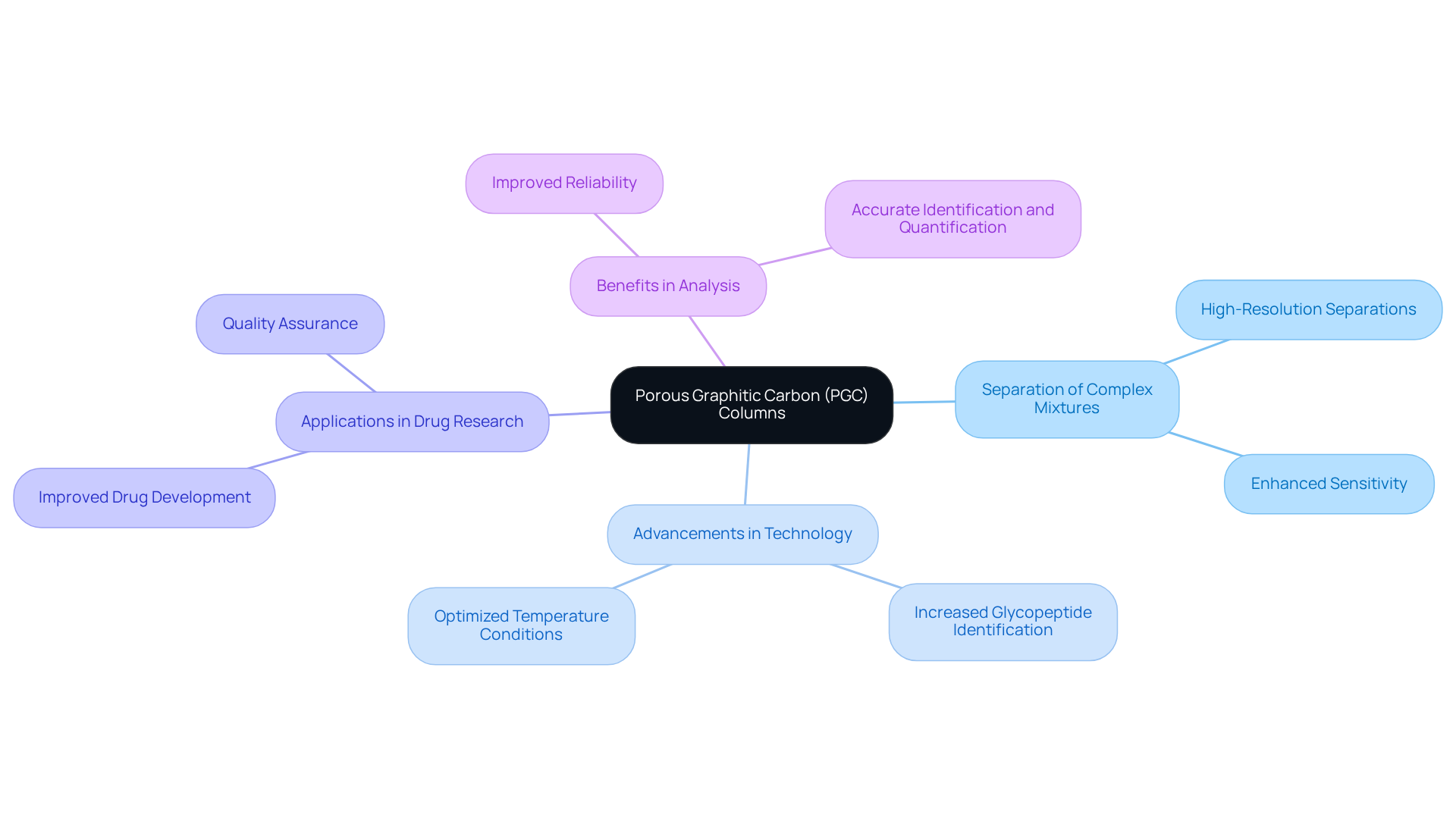
Application-Specific Columns: Tailoring Solutions for Unique Pharmaceutical Needs
Application-specific features are crucial for addressing the unique challenges encountered in pharmaceutical laboratories. JM Science offers a diverse range of high-quality HPLC products, including lc column options specifically designed for distinct applications, ensuring that researchers are equipped with the optimal instruments for their analytical tasks. The use of these specialized structures not only enhances laboratory efficiency but also significantly improves the precision of results.
For example, the Acclaim Trinity P1 mixed-mode column excels in separating underivatized highly polar pesticides, illustrating how tailored solutions can effectively meet unique analytical demands. Additionally, JM provides an array of titrators and Karl Fischer reagents that complement these HPLC solutions, further enhancing overall laboratory capabilities.
The application of Analytical Quality by Design (AQbD) principles in method development has proven to reduce out-of-trend (OOT) and out-of-specification (OOS) results, underscoring the importance of robust methodologies in drug research. As the industry trends toward , JM Science continues to lead the way by offering innovative lc column products that contribute to the success of research projects and the advancement of drug development.
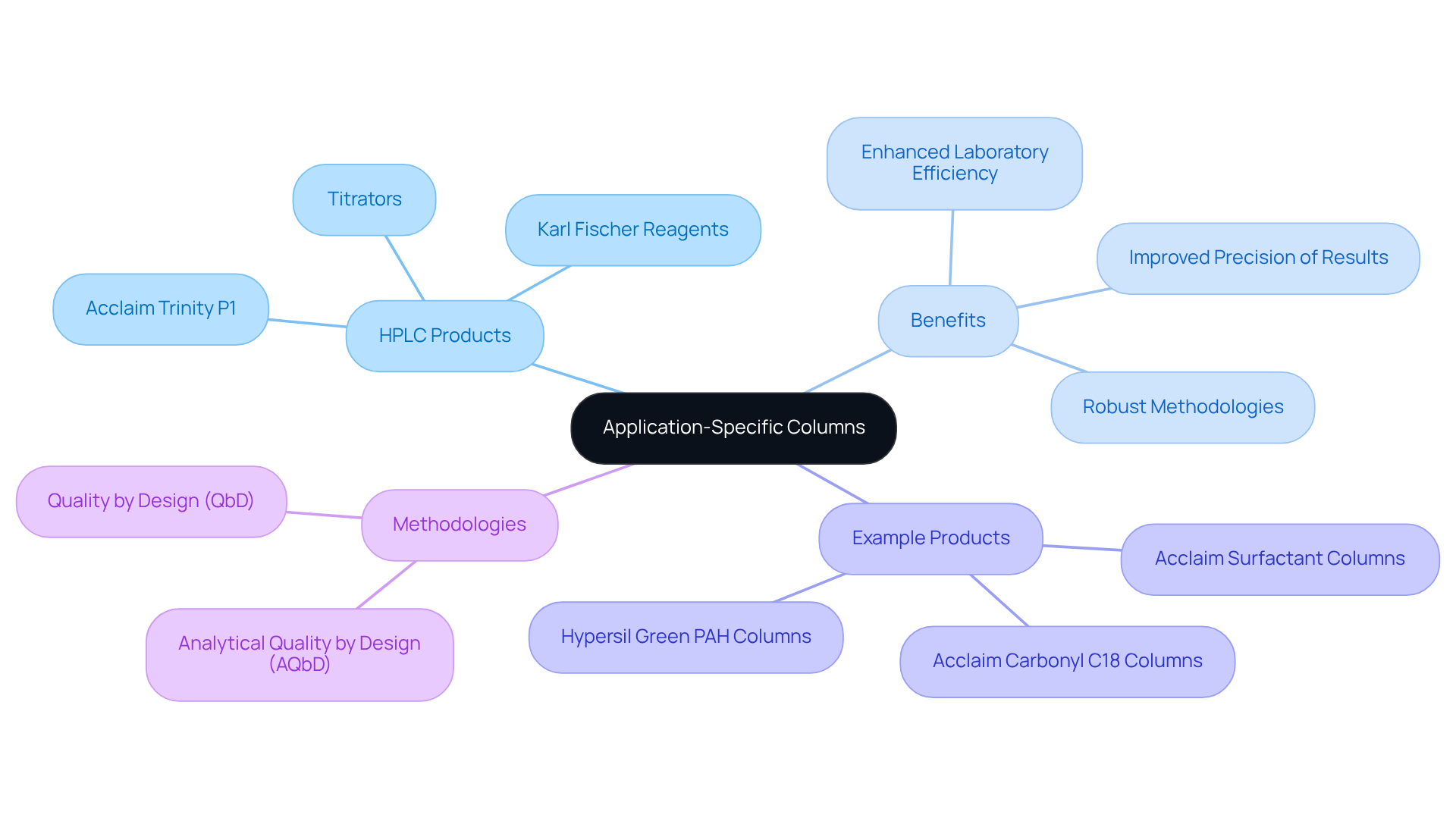
Ion-Exchange Chromatography Columns: Essential for Compound Purification
Ion-exchange chromatography devices play a pivotal role in the purification of charged substances, such as proteins and nucleic acids, which are critical in drug development. These devices are essential for achieving , a necessity for ensuring the safety and efficacy of drug formulations. JM Science provides high-quality ion-exchange devices that empower laboratories to adhere to stringent regulatory standards, thereby enhancing the reliability of their products.
Recent advancements in ion-exchange chromatography have markedly improved the efficiency and effectiveness of these purification processes. Innovations, including automated systems and enhanced detection capabilities, are propelling growth in this sector, making it increasingly indispensable for pharmaceutical applications. The global market for ion-exchange chromatography devices was estimated at approximately USD 980 million in 2023 and is projected to reach around USD 1.65 billion by 2032, reflecting a compound annual growth rate (CAGR) of 5.8%. This growth is primarily driven by the rising demand for biopharmaceuticals and the necessity for high-efficiency separation techniques in formulation, with the Asia Pacific region anticipated to emerge as the leading market.
Practical applications of ion-exchange systems in medicine encompass the purification of therapeutic proteins and the analysis of medication components, both of which are vital for meeting regulatory standards. By employing these advanced lc columns, researchers can isolate specific analytes, ensuring that their products are both effective and compliant with industry regulations. As the pharmaceutical industry continues to evolve, the importance of ion-exchange chromatography in drug formulation and quality control remains paramount.
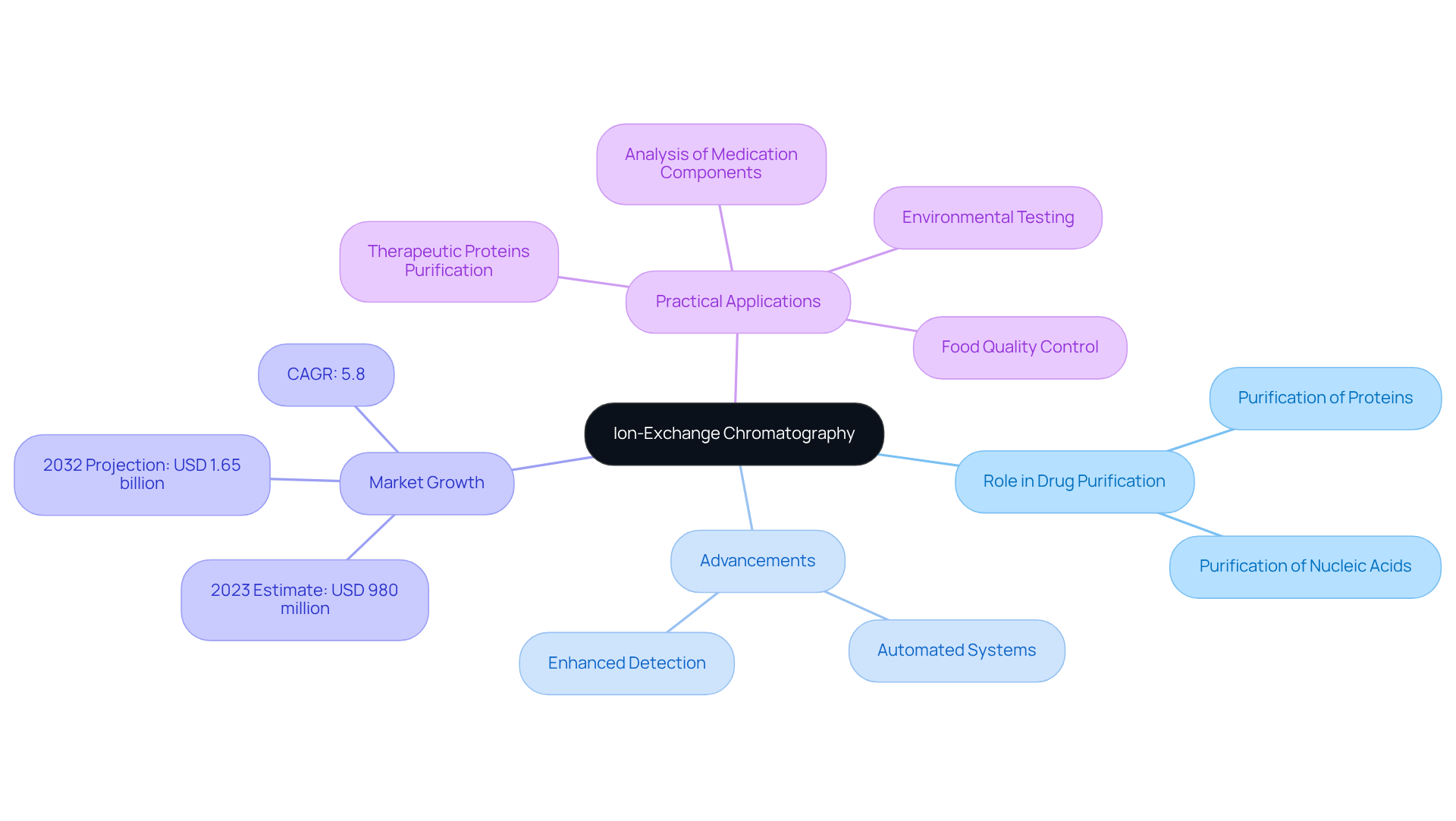
Innovative HPLC Accessories: Boosting Performance in Pharmaceutical Laboratories
Innovative HPLC accessories are crucial for optimizing the performance of chromatography systems in pharmaceutical laboratories, particularly those that utilize the lc column. JM Science offers a comprehensive range of premium HPLC solutions, including:
- Specialized fittings
- Sample preparation tools
- Maintenance equipment designed to enhance the efficiency and effectiveness of the lc column in HPLC systems.
With products such as Shodex, CapcellPak, and Reprosil columns, laboratories can significantly elevate their . By integrating these advanced accessories into their workflows, laboratories can streamline their processes and drive more successful research initiatives.

Conclusion
The exploration of essential LC columns for pharmaceutical applications underscores the critical role these technologies play in drug development and quality assurance. Innovations in HPLC products, particularly from JM Science, highlight advancements that enhance the precision and reliability necessary for effective medication formulation. As the pharmaceutical landscape evolves, the integration of specialized columns becomes increasingly vital for achieving accurate and reproducible results.
Key insights from the discussion reveal the importance of various column types, including:
- biocompatible
- size-exclusion
- oligonucleotide-specific
- chiral
- HILIC
- porous graphitic carbon
- application-specific
- ion-exchange columns
Each of these categories contributes uniquely to the purification and analysis of compounds, ensuring that pharmaceutical products meet rigorous safety and efficacy standards. The projected growth in markets for these technologies further emphasizes their significance in addressing the complexities of modern drug development.
In light of these advancements, there is a clear call to action for researchers and laboratories to embrace innovative LC column solutions. By investing in cutting-edge chromatography technologies, the pharmaceutical industry can enhance research capabilities, improve drug safety, and ultimately deliver more effective treatments to patients. The ongoing commitment to innovation in chromatography is not just a matter of compliance; it is essential for driving the future of pharmaceutical research and ensuring the health and well-being of communities worldwide.




